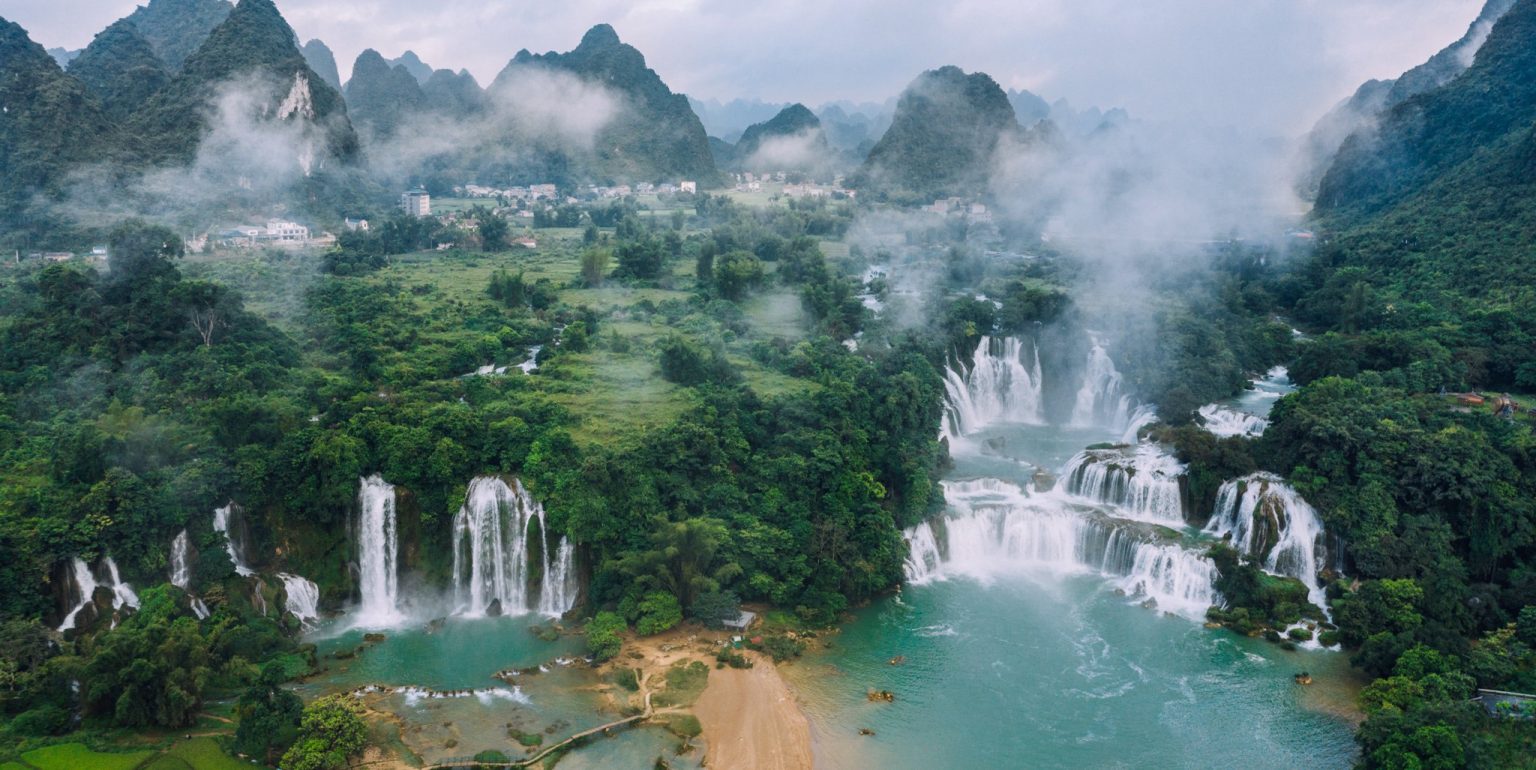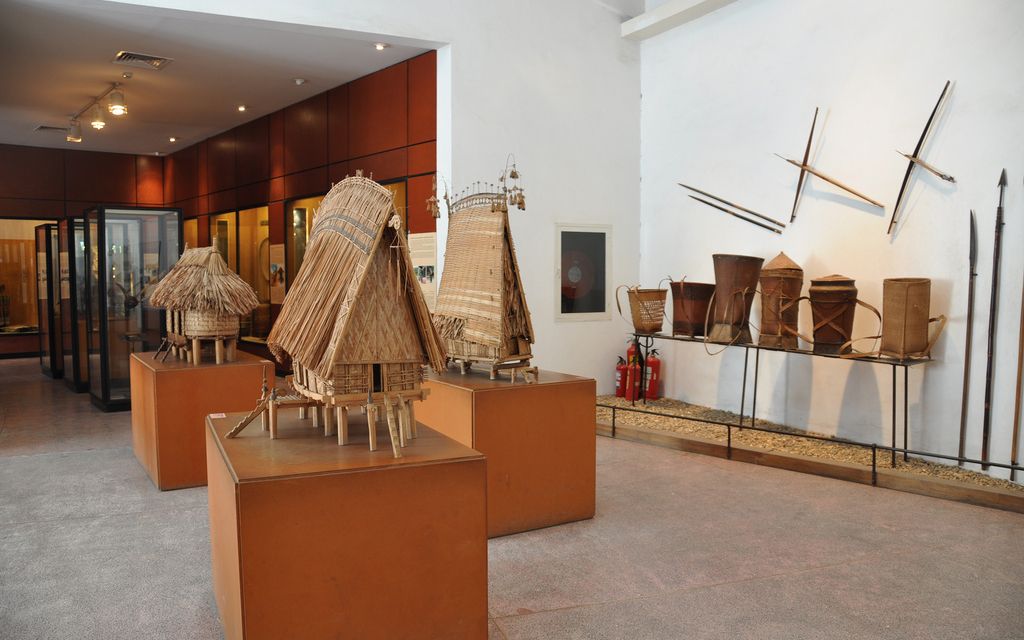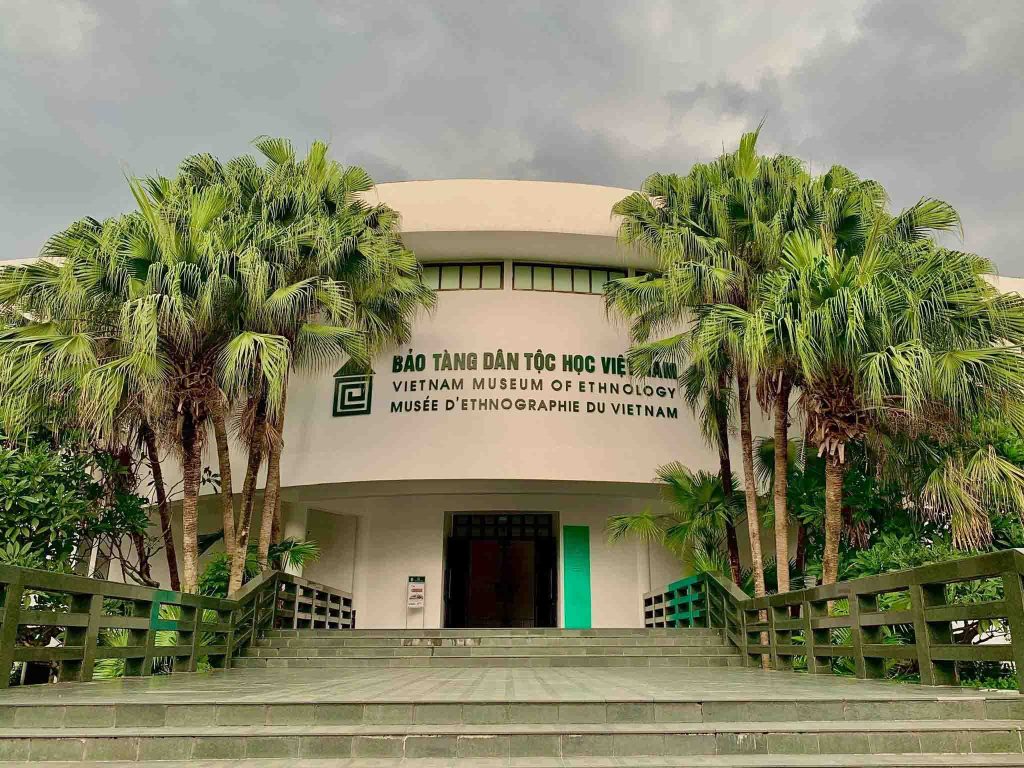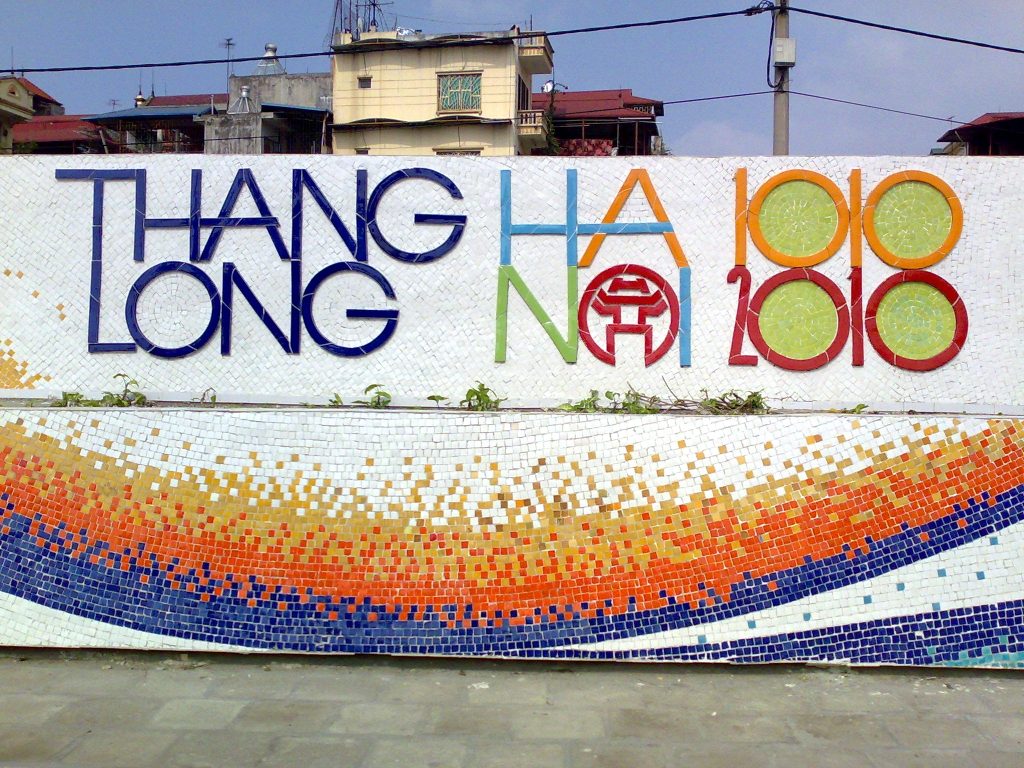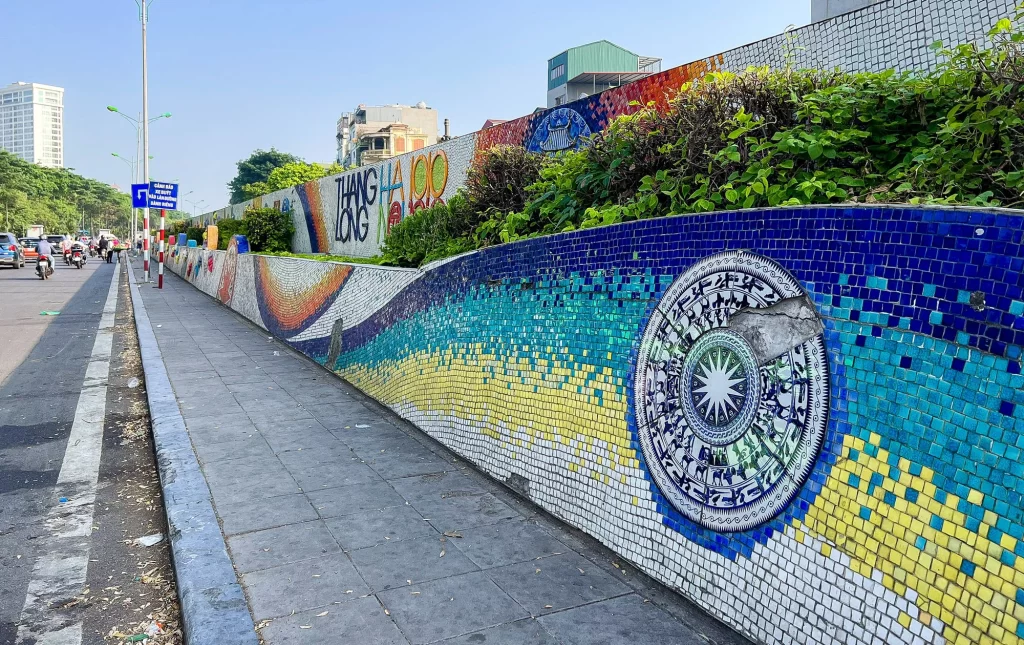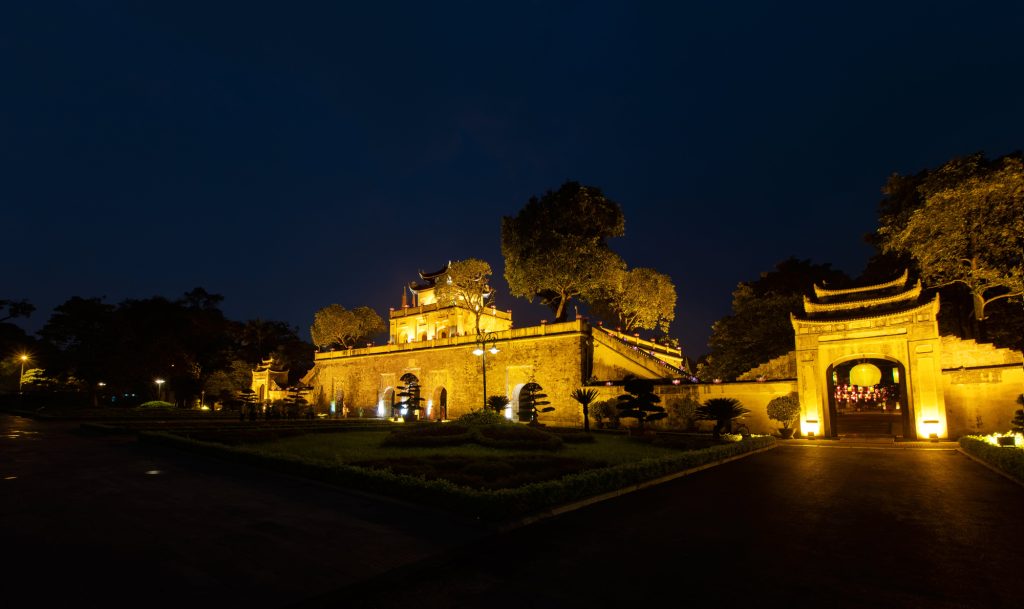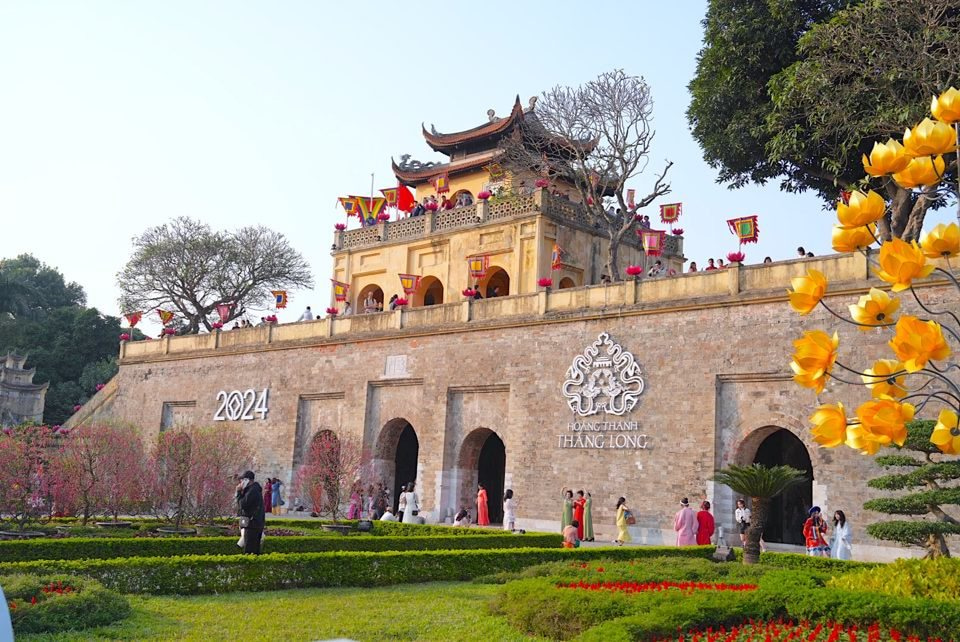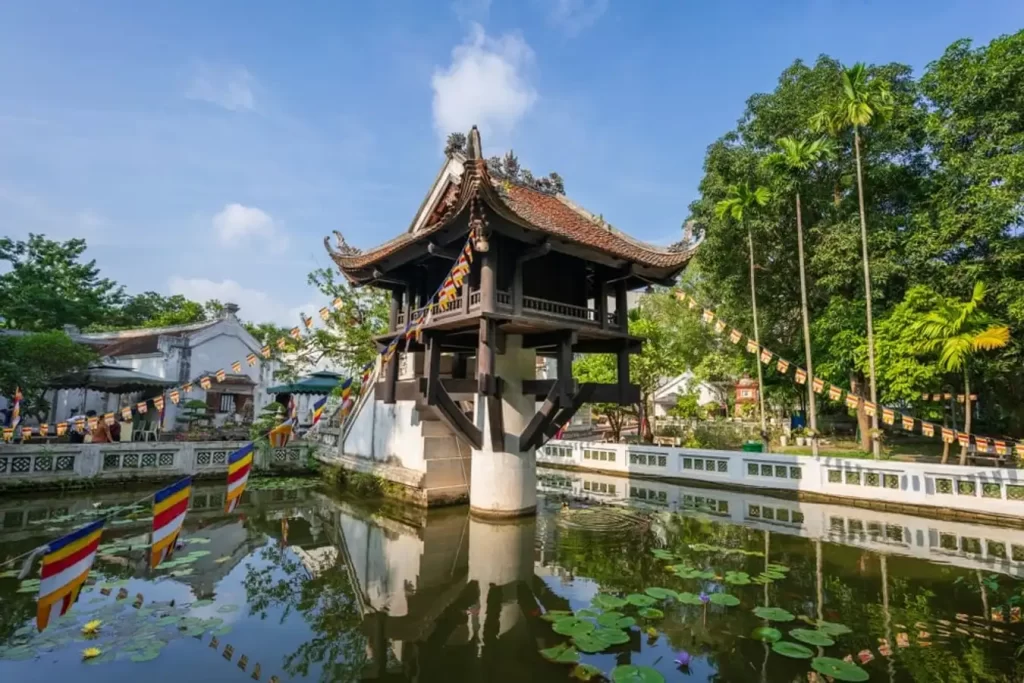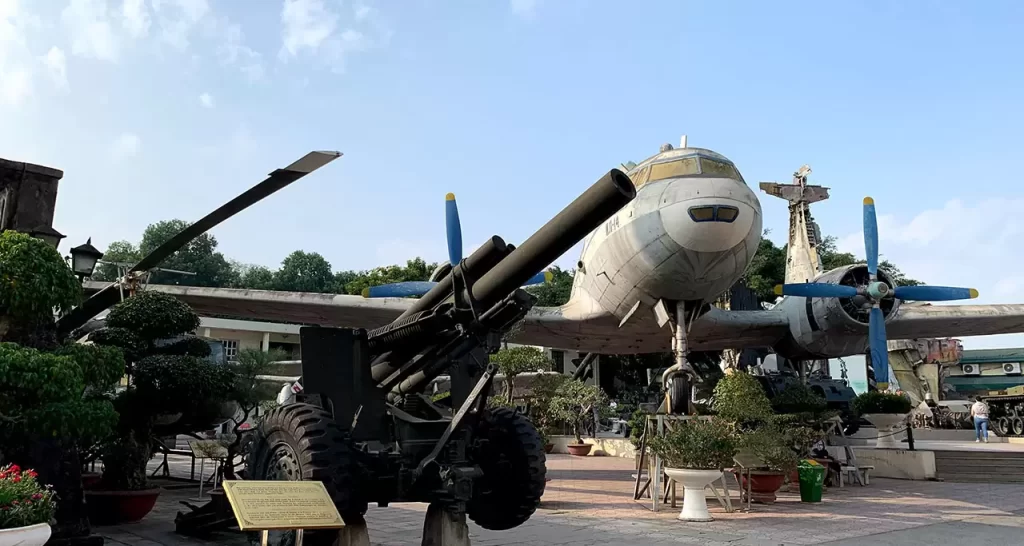Exploring the Magnificence of Ban Gioc Waterfall
Explore the enchanting allure of Ban Gioc Waterfall, a hidden gem of Vietnam waiting to be discovered. Tucked away amidst the lush scenery of Cao Bang Province, Ban Gioc is more than just a waterfall; it's a breathtaking display of nature's magnificence. Join us as we delve into its beauty, immerse ourselves in its wonders, and succumb to the captivating spell of Ban Gioc Waterfall.
Location: Quy Xuan River , Tam Thuy , Chongqing , Cao Bang , Vietnam (click here to open google map)
Overview of Ban Gioc waterfall
1. Location of Ban Gioc waterfall
Ban Gioc Waterfall, nestled in the northeastern region of Vietnam near the border with China, graces the rugged landscapes of Cao Bang Province. This majestic waterfall serves as a natural divider between Vietnam and China, showcasing its grandeur as one of the largest and most awe-inspiring waterfalls in the country. Renowned for its picturesque scenery and tranquil atmosphere, Ban Gioc Waterfall captivates visitors with its breathtaking beauty, making it a must-visit destination for nature lovers and adventurers alike.
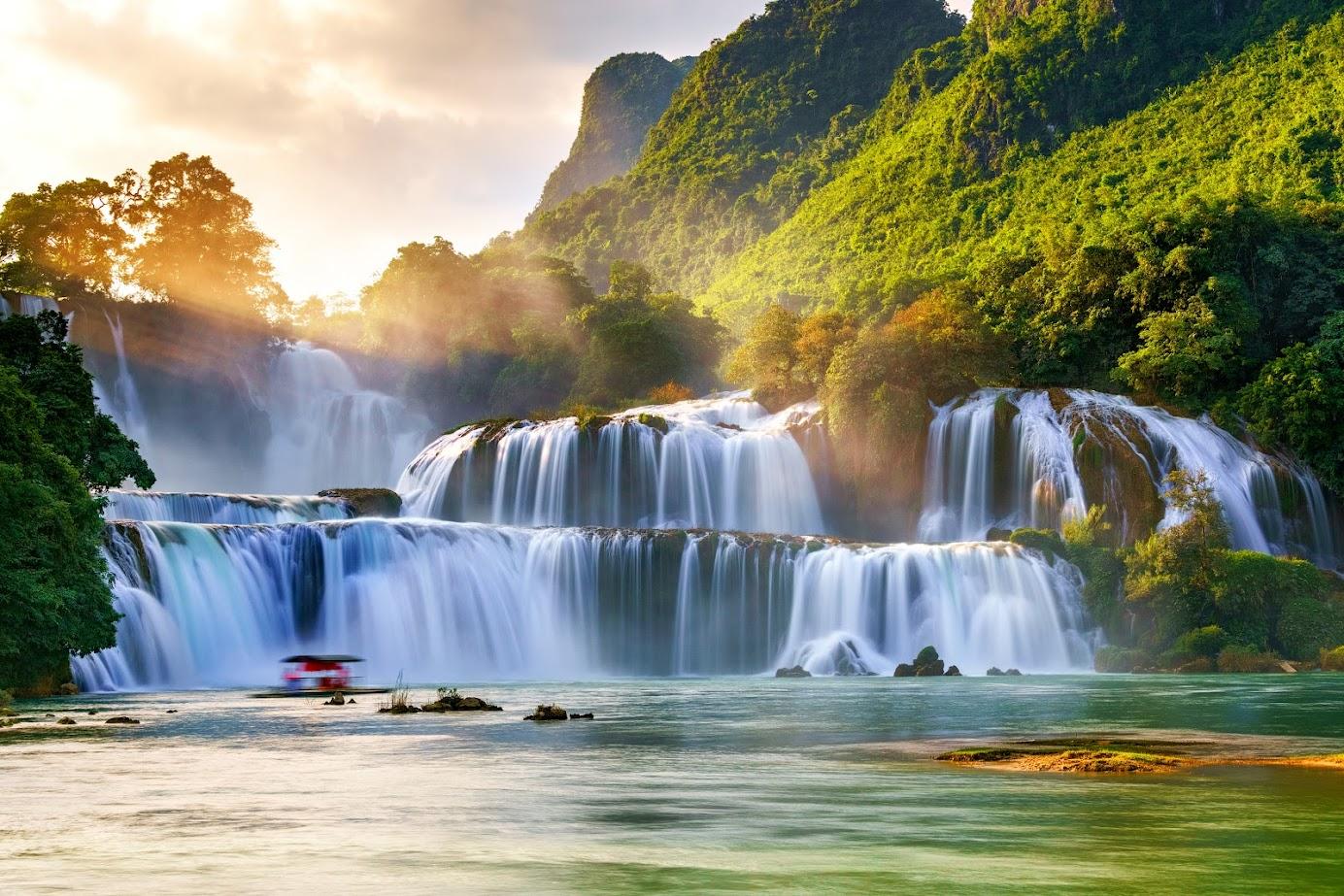
2. The majestic beauty of Ban Gioc waterfall
Ban Gioc Waterfall stands as a renowned natural wonder, captivating not only local enthusiasts but also garnering international acclaim. Ranked among the top 4 largest transnational waterfalls globally, this site has become a magnet for tourists visiting Cao Bang Province. Straddling the border between Vietnam and China, Ban Gioc Waterfall offers a mesmerizing spectacle that fosters pride in both nations, blending natural beauty with geopolitical significance.
The waterfall's claim to fame lies in its impressive width and the sheer volume of water that descends across multiple tiers. Witnessing the water thundering down from great heights evokes both awe and humility in observers. Enveloped by lush vegetation, Ban Gioc is adorned with vibrant flora, further enhancing its scenic allure. On sunny days, the mist generated by the cascading water catches the sunlight, painting the surroundings with iridescent rainbows that seem to dance amidst the falls, adding an enchanting touch to the already breathtaking panorama.
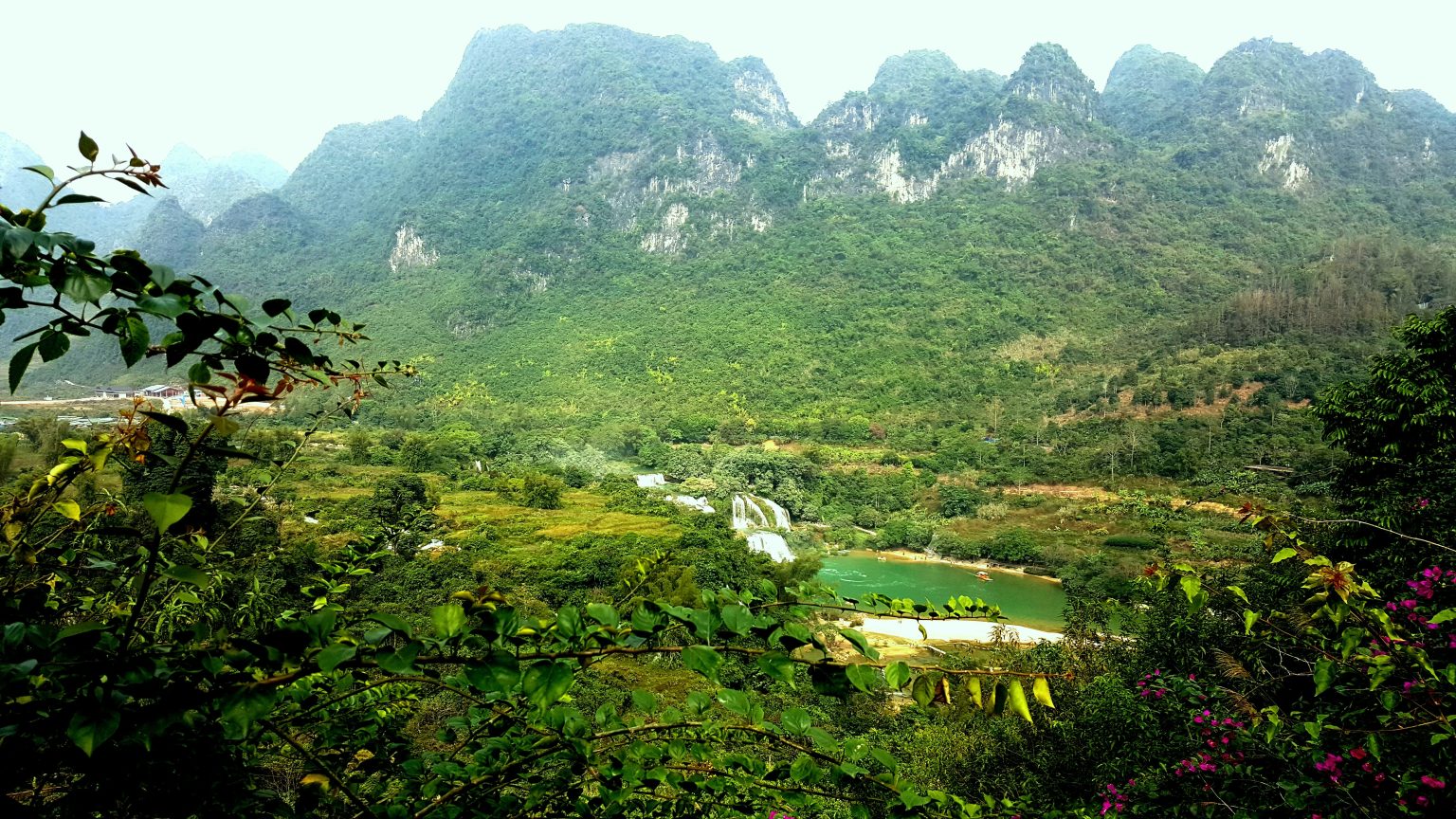
3. Which season is best to go to Ban Gioc waterfall?
The best time to visit Ban Gioc Waterfall is between August and October, during the late summer and early autumn seasons. This period immediately follows the rainy season, ensuring that the Quay Son River's water levels are high, resulting in the waterfall being at its most magnificent. The increased volume of water cascading over the falls enhances their natural beauty, creating a powerful and striking sight.
Moreover, the weather during these months is generally mild and pleasant, with fewer instances of rain, providing optimal conditions for sightseeing and photography. The surrounding landscapes are lush and green after the rainy season, offering spectacular views. However, it's advisable to check the weather forecast before planning your visit, as conditions can vary.
During the dry season, which spans from October to May of the following year, Ban Gioc Waterfall assumes a more tranquil ambiance. While the water flow may not be as fast and robust as during the rainy season, the scene is serene and picturesque. The surrounding rice fields add a touch of romance to the landscape, with ripe rice swaying gently in the breeze. This peaceful setting makes Ban Gioc an ideal destination for weekend getaways, allowing visitors to unwind and rejuvenate amidst the beauty of nature after a hectic workweek.

4. How to tranfer to Ban Gioc waterfall
Means of Transportation to Ban Gioc
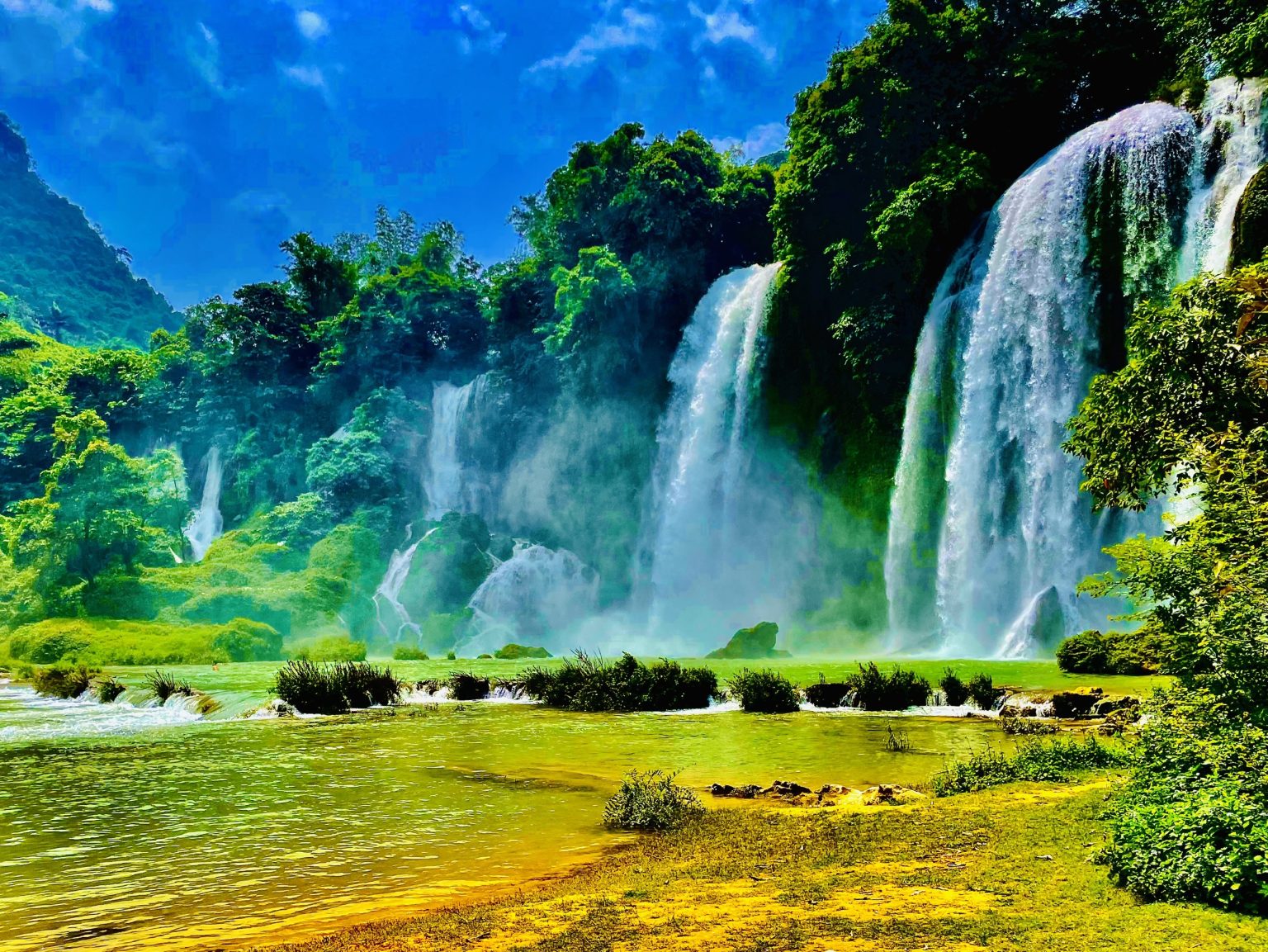
Beautiful places around Ban Gioc waterfall
Ban Gioc waterfall itself is an interesting destination with fresh, spacious air and majestic, poetic scenery . In addition, don't forget to visit the following locations:1. Nguom Ngao Cave
Situated just 5 kilometers from Ban Gioc Waterfall, Nguom Ngao Cave boasts a length of 2144 meters and features three main entrances: Nguom Ngao, Nguom Lom, and Ban Thuon. Within its depths, visitors are treated to a mesmerizing display of stalactites and stalagmites, sculpted over time into an array of captivating shapes and formations.
Since its official designation as a tourist destination in 1996, Nguom Ngao Cave has enticed adventurers and nature enthusiasts alike with its intriguing features. Beyond its stunning natural beauty, the cave holds significant historical, cultural, and scientific value. Its intricate system of folk tales is deeply intertwined with the spiritual and cultural heritage of the local community, offering visitors a glimpse into the rich tapestry of traditions that have flourished in the area.
Over the years, Nguom Ngao Cave has not only become a sought-after destination for exploration and adventure but also a wellspring of inspiration for artists and researchers alike. Its awe-inspiring formations and storied past continue to captivate all who venture into its depths, making it a must-visit attraction for those seeking to immerse themselves in the wonders of nature and history.

2. Ho Thang Hen
Nestled within Tra Linh district lies the serene beauty of Ho Thang Hen, a part of a captivating lake system comprising 36 small natural lakes. Renowned for its tranquility and crystal-clear turquoise waters, this picturesque landscape is embraced by forested hills, creating a scene of unparalleled natural splendor. During certain seasons, when the water level rises, the lakes interconnect, forming a larger expanse of water, adding to the allure of the area.
Ho Thang Hen holds the distinction of being the largest freshwater lake in Cao Bang, situated at an elevation of 1000 meters above sea level. Its presence serves as a natural "air conditioner," contributing to the regulation of the surrounding air and bestowing a cooler, more pleasant climate upon the region. Additionally, the lake serves as a popular recreational spot for locals, providing a refreshing escape for bathing and leisure activities, particularly during holidays.
Visitors to Ho Thang Hen are treated to a tranquil oasis where the beauty of nature unfolds in all its splendor, offering a serene retreat from the hustle and bustle of everyday life. Whether admiring the pristine waters or exploring the surrounding hills, this idyllic destination invites all who venture here to unwind and immerse themselves in the wonders of the natural world.
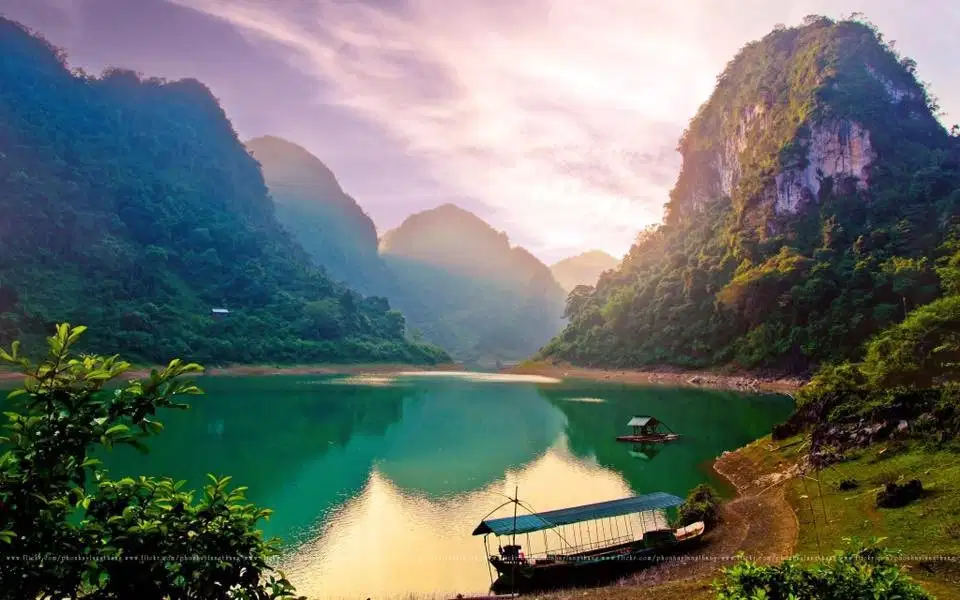
3. Lenin Stream
Located in Cao Bang Province, Vietnam, near Pac Bo village, Lenin Stream is a picturesque waterway steeped in historical significance. This area holds immense importance as the site where Ho Chi Minh returned in 1941 after years abroad, igniting the revolutionary movement that ultimately led to Vietnam's independence. The stream bears the name of Vladimir Lenin, a nod to the influence of socialist ideologies on Vietnam's revolutionary history.
Nestled amidst the verdant Pac Bo mountains and forests, Lenin Stream serves as the green heart of the region. It was here that President Ho Chi Minh provided guidance to the people during the initial stages of combating an epidemic upon his return from abroad. The clear, cool waters of the stream offer a tranquil respite for weary travelers, providing a comfortable spot to relax after a day of exploration.
This renowned historical landmark has been immortalized in poetry and song, symbolizing the remote beauty of the region. Visitors to Lenin Stream are treated to a breathtaking landscape characterized by lush greenery, pristine waters, and a serene atmosphere. Flowing through a valley enveloped by karst hills and rice terraces, the stream captivates nature enthusiasts and history buffs alike.
Lenin Stream is not only a place of natural beauty but also a testament to Vietnam's revolutionary past. It is often included in tours that delve into the country's history while showcasing the spectacular landscapes of northern Vietnam. For those seeking a harmonious blend of history and nature, Lenin Stream offers an unforgettable experience that leaves a lasting impression on all who venture here.

Places to eat, drink and entertain in Ban Gioc
1. Grilled Agarwood fish
Nestled amidst the serene waters of Lenin Stream, there's no shortage of fish to be found. Here, locals catch fish right at the stream's edge, crafting dishes straight from the bounty of nature. Among the prized catches is the Tram Huong fish, named for its diet of agarwood tree roots and leaves along the Quay Son stream.
Preparation of the Tram Huong fish is a culinary art form in itself. After being meticulously cleaned and seasoned with aromatic spices, the fish is delicately wrapped in banana leaves and placed over glowing charcoal. As it grills, the natural flavors infuse the meat, resulting in a dish that is both firm and fragrant.
What sets the Grilled Agarwood Fish apart is its unique aroma, reminiscent of the agarwood trees from which it derives its name. The scent of agarwood permeates the tender flesh, offering a sensory experience unlike any other river fish. With each bite, diners are transported to the tranquil surroundings of Lenin Stream, where nature's bounty takes center stage in a culinary masterpiece.
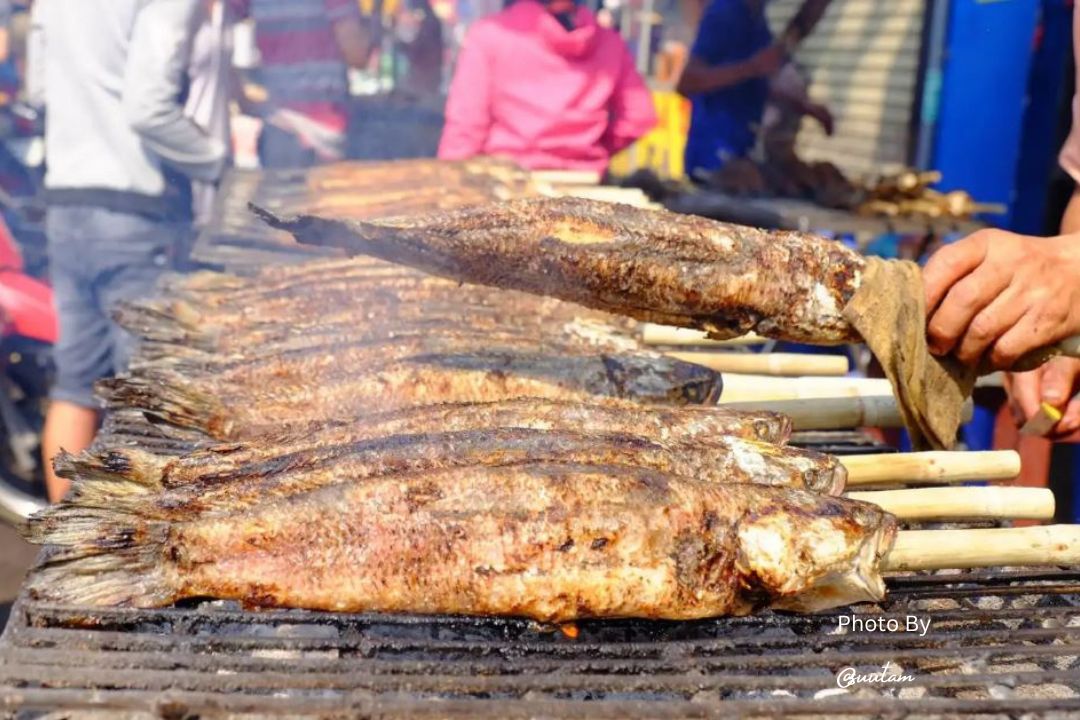
2. Chongqing chestnuts
When visiting Cao Bang, one must not miss the opportunity to savor the delightful grilled Chongqing chestnuts. These chestnut trees, unique to the region, bear fruit annually in September and October. During this time, locals harvest the chestnuts and sell them to eager tourists, offering a taste of the season's bounty.
Grilled to perfection, the chestnuts are cooked with just the right amount of heat to release their fragrant aroma. The grilling process imparts a golden hue to the flesh, which is rich and buttery. Each bite offers a warm, nutty flavor that perfectly complements the cool, crisp air of autumn in Cao Bang.
Sampling these chestnuts provides not only a delicious snack but also a connection to the local culture and seasonal traditions. Whether enjoyed fresh from a street vendor or as part of a cozy gathering, grilled Chongqing chestnuts are a must-try treat that captures the essence of Cao Bang's natural and culinary heritage.
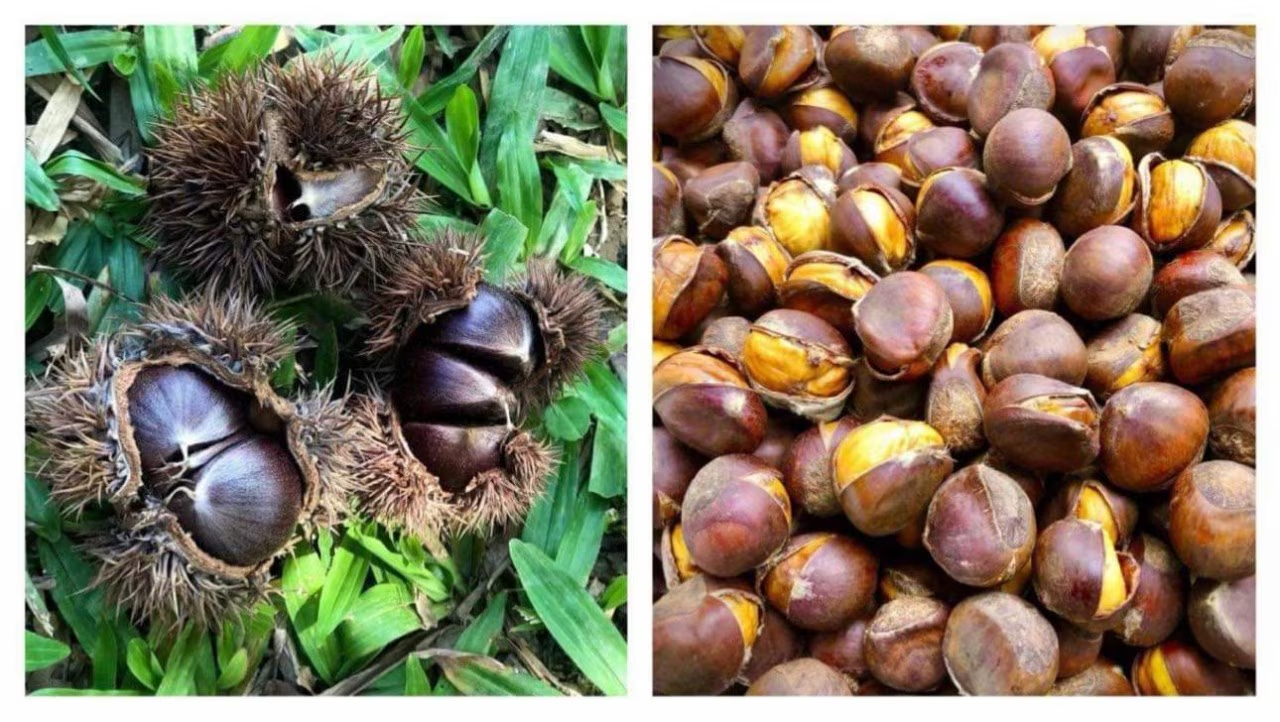
3. Cao Bang's 7-flavor roast duck
The preparation of this roast duck begins with a thorough marination process, ensuring that the flavors penetrate deeply into the meat. The duck is then stuffed with a savory filling, adding an extra layer of richness. Before roasting, the surface of the duck is coated with a mixture of vinegar and honey, which not only enhances its flavor but also contributes to the crispiness of the skin.
Once roasted, the duck features a delectably crispy skin, complemented by tender and juicy meat that is imbued with a complex blend of spices. The combination of sweet, savory, and aromatic elements makes each bite a delight.
Visitors to Cao Bang should not miss the opportunity to savor this traditional dish, which showcases the region's unique culinary heritage and the Tay people's mastery of flavor blending. The 7-flavor roast duck is a testament to the rich gastronomic culture of Cao Bang, promising a memorable feast for the senses.
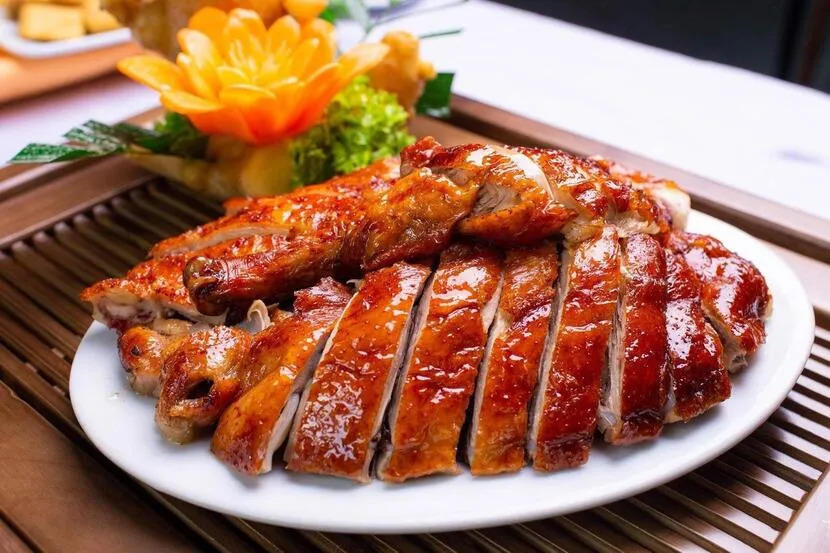
Notes for tourists when visiting Ban Doc waterfall
Visiting Ban Gioc Waterfall is a memorable experience, but it's important to be well-prepared to ensure a smooth and enjoyable trip. Here are some essential tips and notes for tourists:

